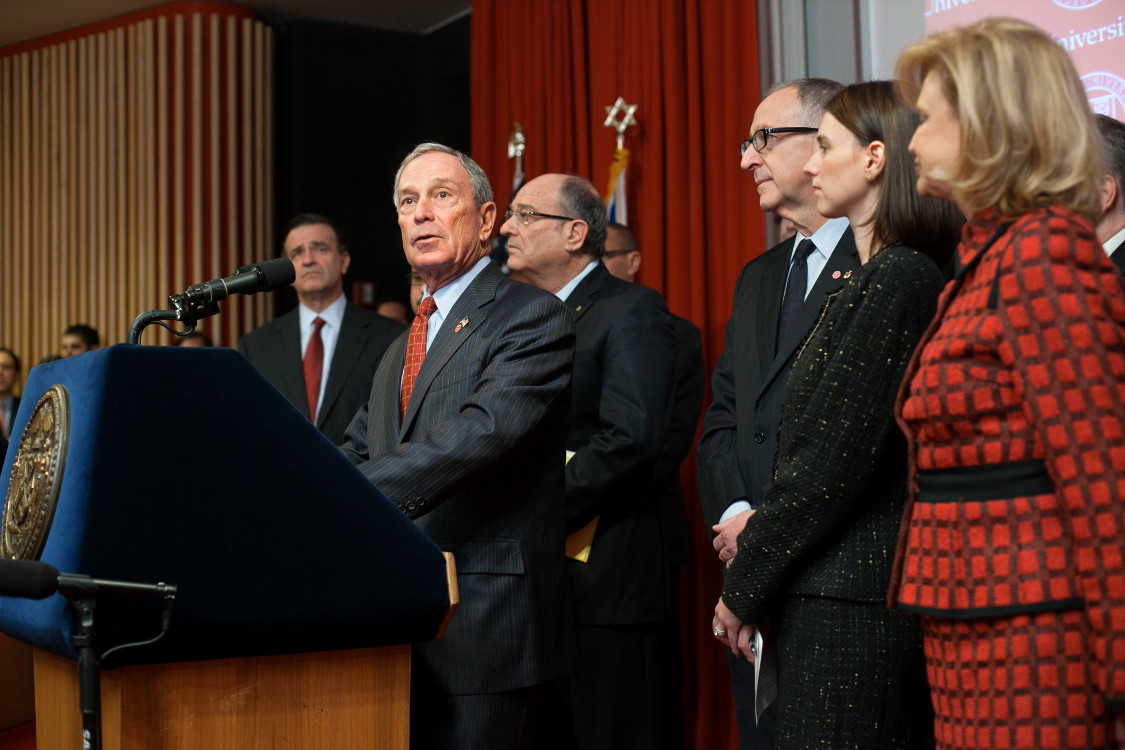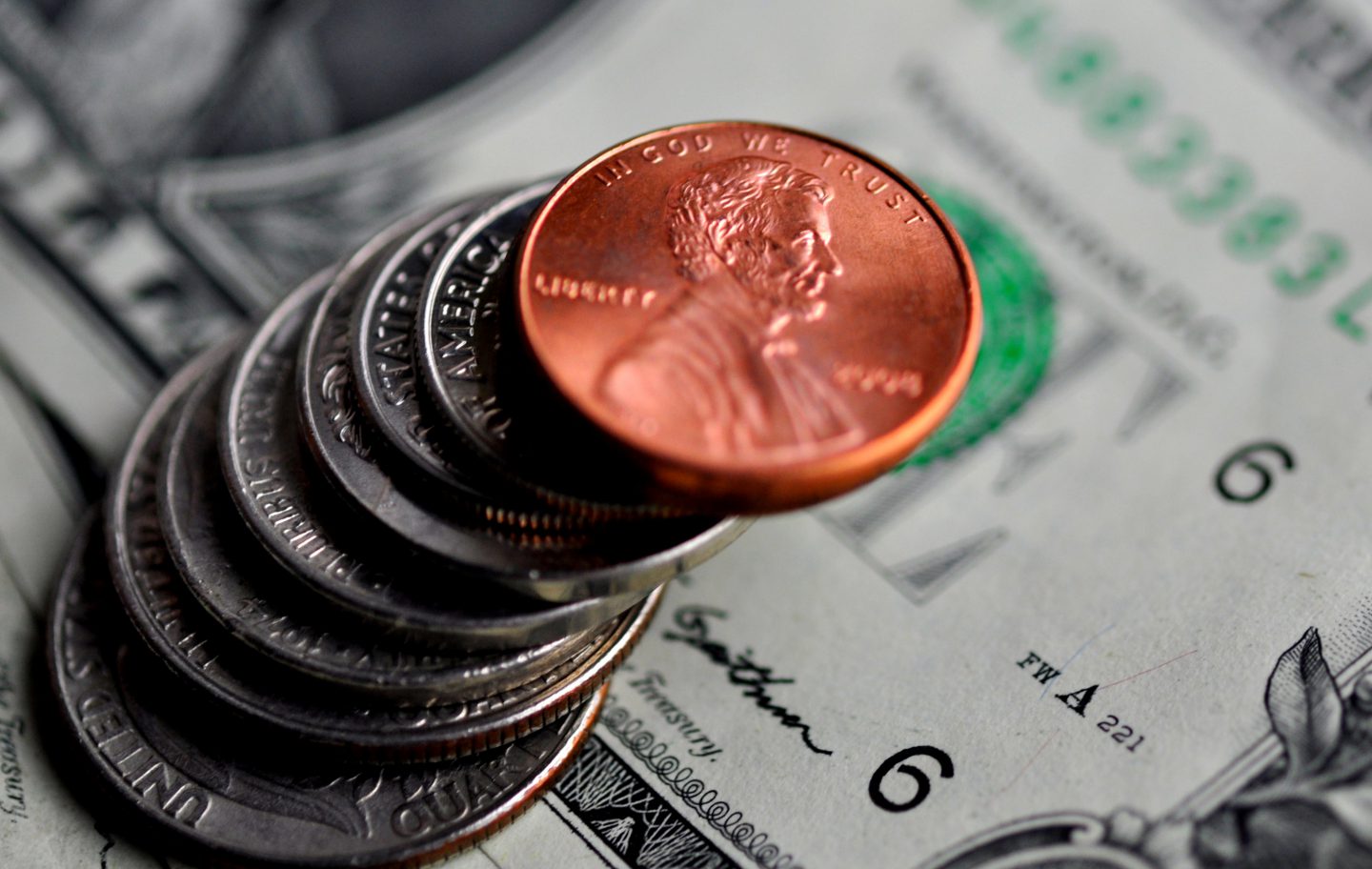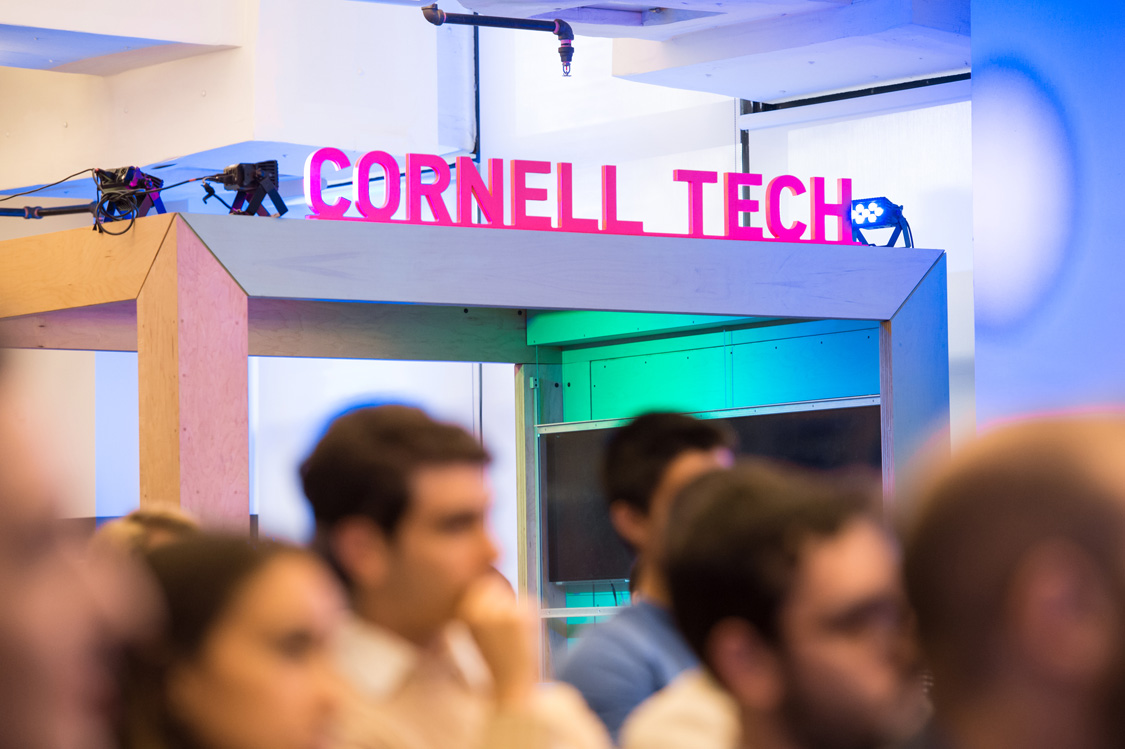
On Friday, January 8, Google Tech Talks hosted Louise Mirrer, president of the New York Historical Society, for a conversation about the museum’s current exhibition, Silicon City—Computer History Made in New York.
Silicon City encourages visitors to regard the current flurry of tech activity in New York not as a renaissance but as a “restarting” of the vital community that historically thrived here before the West Coast became the focal point of innovation.
“New York has always been central to mechanical innovation and is always on the cutting edge when it comes to art, music and culture,” Mirrer said.
The exhibition, running through April 17, explores New York’s pivotal role in the history and development of computing and innovative technology. Through images, artifacts, interactives, and oral histories, visitors discover local innovations integral to the development of modern computer technology.
The idea for the exhibition stemmed from a visit Mirrer, a Stanford University graduate, made to the Computer History Museum in Mountain View, CA. Struck by how much of the museum’s story was told in New York, Mirrer saw the opportunity to open a New York-focused tech exhibit at the Historical Society.
Long before Silicon Valley, New York City was the birthplace of groundbreaking technological innovations, beginning in 1838 with Samuel Morse’s telegraph, or as the exhibition refers to it, the “Victorian Internet.”
Other innovations of note include the punched card, developed by Herman Hollerith, which allowed the federal government to accurately and swiftly complete the 1890 U.S. Census.Hollerith went on to help form the International Business Machines Corporation, or, IBM. AT&T’s Picturephone, debuted in 1964 at the New York World’s Fair, was arguably one of the first versions of what we know today as the iPhone.
Eventually, Silicon Valley established itself as the epicenter of all things digital. Mirrer believes that the West Coast had a better understanding than the East Coast for commercializing innovation and until now, institutions of higher education, like Stanford, have better equipped themselves to fund and promote technological research to this end.
With the emergence of Cornell Tech and tech-focused higher education, the continued proliferation of “Silicon Alley” start-ups and Silicon Valley-based companies like Google building hubs in the city, Mirrer sees an emergence of stronger commercial and academic partnerships in New York City.
The New York Historical Society plays an active role in promoting American History education to public school students and now extends its reach to concurrently promote science and technology. The Historical Society has partnered with google.org to create a Coding for Beginners program for New York public school students.
The program is part of an on-going initiative to improve and grow access to tech education for New York City public school students. The museum is also offering coding classes for visitors on “Drop-In Fridays,” when the museum observes a “pay as you wish” entry fee from 6-8 pm.
Photo credit: New York World’s Fair IBM Pavilion, 1964. Courtesy of IBM Corporation Archives.
Media Highlights
Tech Policy Press
Content Moderation, Encryption, and the LawRELATED STORIES

Celebrating 2 Cornell Tech ‘Birthdays’

The Art of Raising Money



